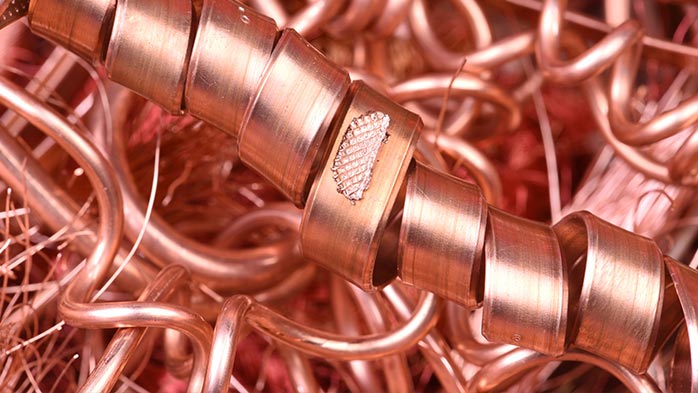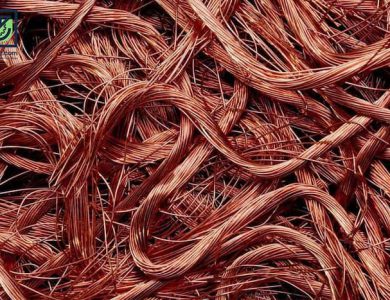
مقاله “ضایعات فلزی” در مورد اهمیت بازیافت ضایعات فلزی برای حفاظت از محیط زیست و کاهش مصرف منابع طبیعی است. ضایعات فلزی شامل هر فلز یا آلیاژی است که دیگر برای استفاده مجدد مناسب نیست. این ضایعات می تواند از منابع مختلف مانند تجهیزات صنعتی، وسایل نقلیه، ساختمان ها و محصولات مصرفی حاصل شود.
بازیافت ضایعات فلزی مزایای زیادی دارد. این امر به کاهش آلودگی هوا، آب و خاک کمک می کند. همچنین به صرفه جویی در منابع طبیعی مانند سنگ آهن، بوکسیت و مس کمک می کند. علاوه بر این، بازیافت ضایعات فلزی می تواند منجر به کاهش هزینه های تولید شود.
ضایعات فلزی معمولاً به دو دسته اصلی تقسیم می شوند: آهنی و غیرآهنی. ضایعات آهنی شامل فولاد، آهن خام و چدن است. ضایعات غیرآهنی شامل آلومینیوم، مس، برنج، سرب، نیکل، تیتانیوم و روی است.
ضایعات فلزی معمولاً از طریق فرآیندهای مختلفی مانند خرد کردن، تفکیک، ذوب و ریخته گری بازیافت می شوند. فرآیند بازیافت ضایعات فلزی می تواند بسته به نوع فلز متفاوت باشد.
بازیافت ضایعات فلزی یک روش مهم برای حفاظت از محیط زیست و کاهش مصرف منابع طبیعی است. این امر می تواند به کاهش آلودگی، صرفه جویی در منابع و کاهش هزینه های تولید کمک کند.
در ادامه به برخی از مزایای بازیافت ضایعات فلزی اشاره شده است:
کاهش آلودگی هوا، آب و خاک
صرفه جویی در منابع طبیعی
کاهش هزینه های تولید
ایجاد اشتغال
بهبود اقتصاد
بازیافت ضایعات فلزی یک فرآیند مهم است که می تواند به بهبود محیط زیست و اقتصاد کمک کند.
Recycling and reusing of metals and alloys
Abstract
Mainly steel, carbon steel, stainless steel, cast iron, and wrought iron products are considered as ferrous materials, and primarily used in most of the industries, including construction, transportation, agriculture, food, defense, space, electric, electronics, and energy. All the metals and alloys (other than nonferrous materials) used in these industries have a limited lifetime expectance, and after some time (usually 10–100 years), these materials lose their properties because of the corrosion, aging (degradation by environmental effects—moisture, oxygen, heat, and pollutants), fatigue, creep, and fracture. After the degradation process, these materials are mainly recycled, reprocessed, and reused in the same and different industries. Recycled ferrous materials are collected from different sources (municipal, construction, transportation, defense, electric-electronic, and other wastes) and sorted out in the metal recovery facilities with different methods. While collecting these steel scraps, many issues that relate to environment, human health, as well as tragic accidents can take place. The most places that have these issues are ship-breaking yards where asbestos, PCB, and other hazardous materials and chemicals can be found in the ambient air, soil, sediment, and water. Furthermore, although recycling ferrous materials helps saving the limited natural resources, reduces the space taken by metals and alloys in landfills, avoids creating market distortion and creates more jobs for society, and keeps up-to-date technologies and good technical and environment practices, however, they can pollute our environments. In this book chapter, we will evaluate the recycling and reusing options of metals and alloys, as well as their economic, health, and environmental impacts and benefits.




